McLaren sells Woking headquarters for £170 million. Investment company GNL buys McLaren base as British manufacturer agrees 20-year lease. By Joe Holding, 20 April 2021.
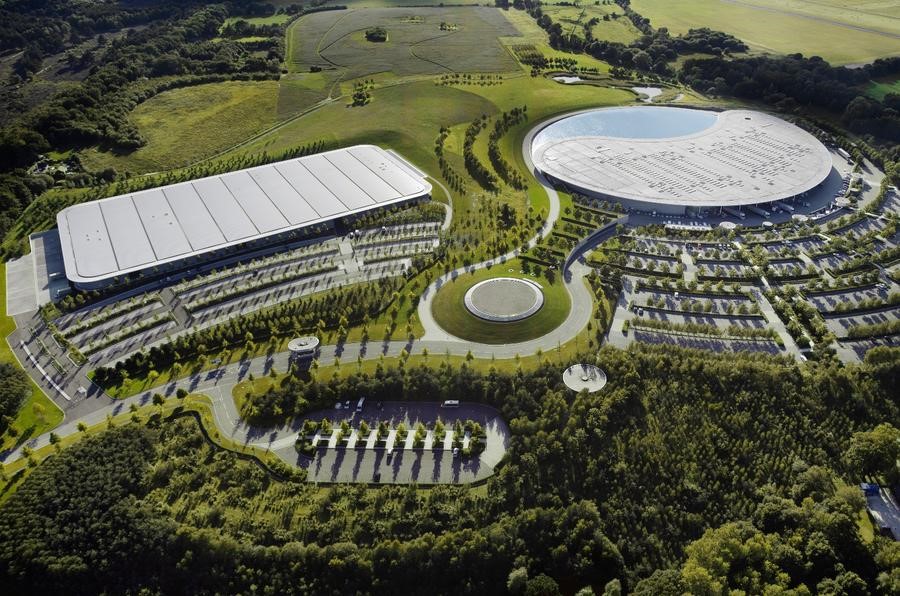
McLaren's HQ is in Woking, Surrey. Pic: McLaren.
McLaren has agreed to sell its base in Woking to investment firm GNL in a deal worth £170 million, with the transaction set to go through in the second quarter of 2021.
The site, which spans 840,000 square feet and began construction in 1998, includes McLaren's headquarters, car plant and wind tunnel.
Although McLaren will no longer own the premises, which includes the McLaren Technology, Production and Thought Leaderships centres, it will stay on as a tenant for the next 20 years as part of the agreement.
The manufacturer and F1 team began its search for a buyer last September in the hope of suring up its finances following the havoc caused by the Covid-19 pandemic. Zak Brown, the CEO of the McLaren Formula One team, made the announcement during a media call, according to Reuters. “Why have all this money tied up in real estate? We’re not a real estate company, we’re a racing team and an automotive company,” he said. “We’ve got a lot of cash tied up in that building and that’s not a very productive use of funds when you’re looking to invest in your business.”
Manufacturing was temporarily halted, global car sales plummeted and the start of the 2020 Formula 1 season was delayed by several months.
Last May, McLaren ended up cutting 800 staff from its Applied, Automotive and Racing divisions, down from the initial plan of 1200 redundancies.
It also secured a £150m loan from the National Bank of Bahrain and sought to borrow £275m against its classic car collection and its Woking facilities.
The £170m deal announced today is well short of the £200m figure it was seeking to exceed when it told property agent Colliers to start marketing the buildings.
"We're excited to announce that this world-class facility will become part of the GNL portfolio," said CEO James Nelson. "The McLaren Group Headquarters' state of the art buildings have won numerous awards, were designed by renowned architect Norman Foster and are the type of mission-critical, net-leased properties that make up the GNL portfolio.
“We're very pleased to have been able to collaborate and work with the management team of the McLaren Group to effect this transaction. We look forward to the long-term partnership with McLaren and the benefits this transaction will have to GNL.”
GNL is a real estate investment trust listed on the New York Stock Exchange that specializes in sale-and-leaseback deals to single tenants, as is the case here.
McLaren’s Woking base was built in 2004, earning Carbon Trust Standard certification in 2010. It’s widely regarded as a state-of-the-art facility, with self-cleaning roofs and surrounding lakes used for on-site cooling.
Why the sale? Prior to the onset of the pandemic, McLaren had amassed significant loans to expand its business as well as buy out former shareholder Ron Dennis. Dennis' shares alone cost McLaren $343 million.
When the pandemic hit, the loss of revenues meant McLaren struggled to pay creditors.
McLaren sold a third of its Formula One team last December to raise cash.
The good news is that McLaren looks to be on the rebound. Its F1 team is currently third in the 2021 Constructors' Championship and the automotive side has just introduced a new generation of hybrid supercars in the form of the Artura.
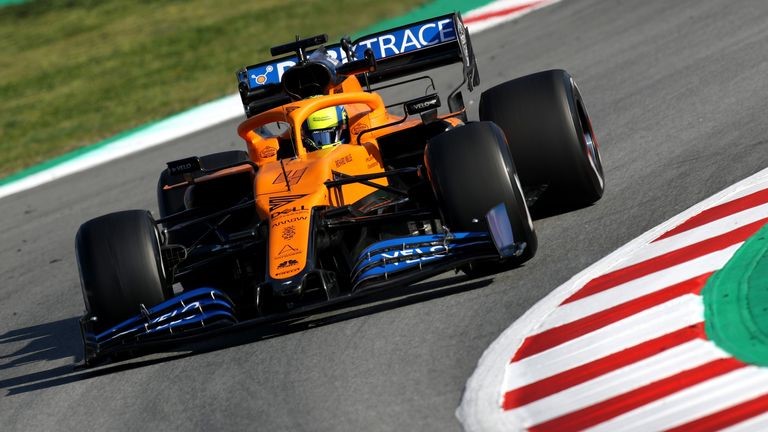
The F1 team has had its most successful season for years.
McLaren is among the most historic names in the F1 paddock and, during more than half a century of competing, has won eight F1 constructors' championships.
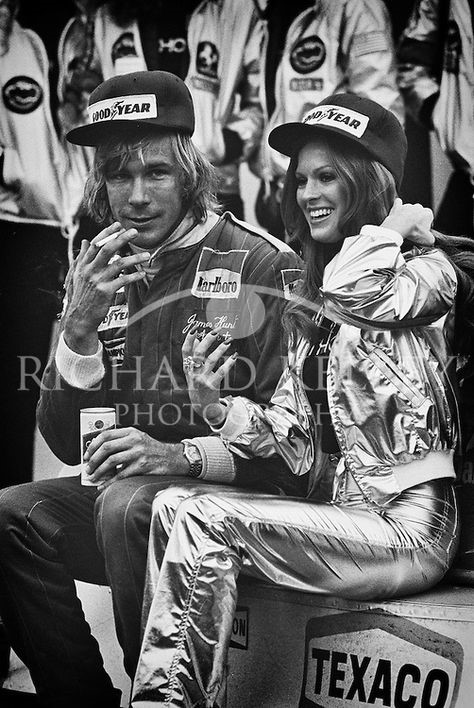
James Hunt, a Schlitz and cigarette in hand and Penthouse Pet by his side, relaxes on his still warm Marlboro McLaren M26 after winning the 1977 United States GP at Watkins Glen. James Hunt was one of the most complicated, charismatic and controversial individuals ever to compete in F1. He loved projecting his playboy image to the hilt and backed it up with outrageous statements, never-give-up speed on-track and a very full life off-track.
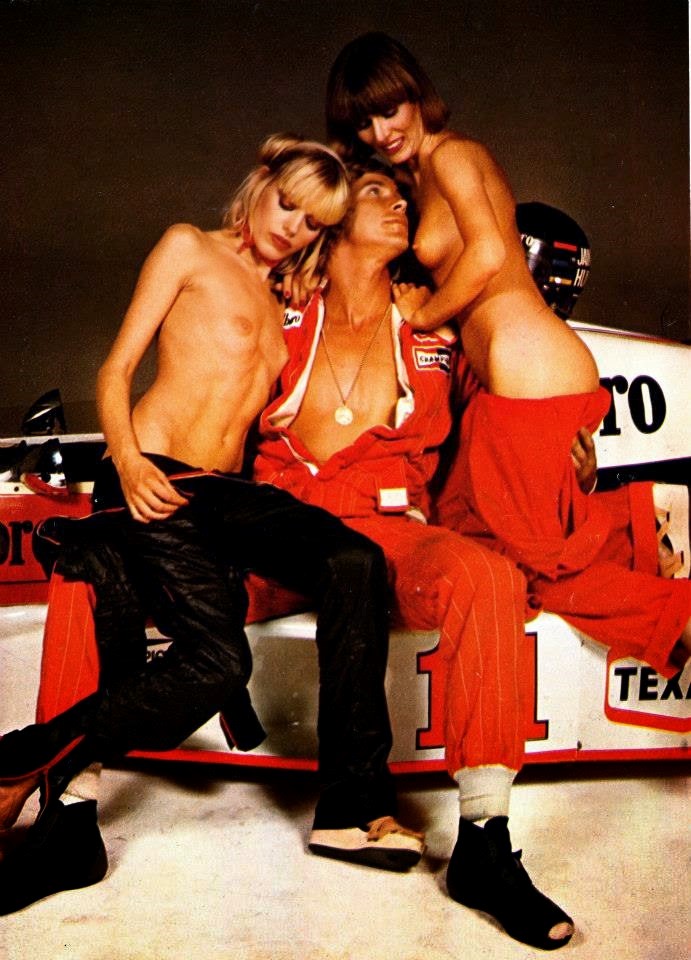
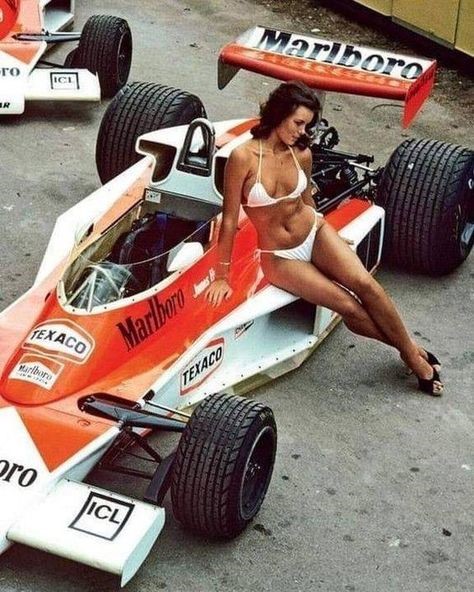
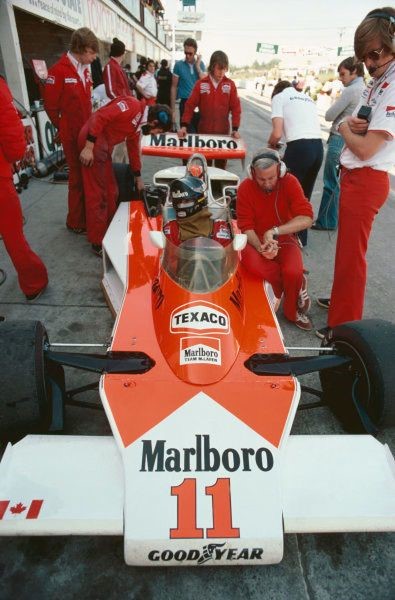
When sex was safe and racing was dangerous. When men strapped into their machines like warriors not knowing if they would survive two plus hours in their race cars. Dedicated to those who raced to victory and to those who lost their lives in the pursuit of glory.
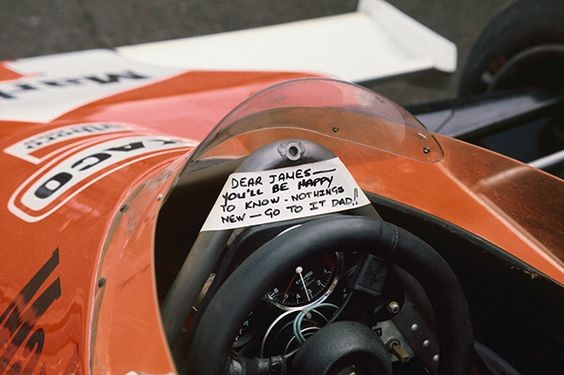
James Hunt's McLaren. Motor Sport Magazine.
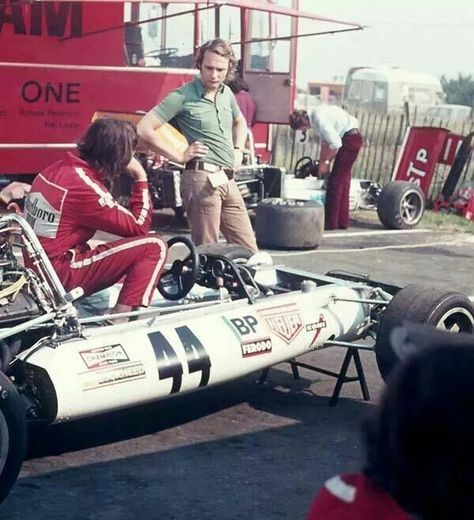
Niki Lauda and James Hunt.
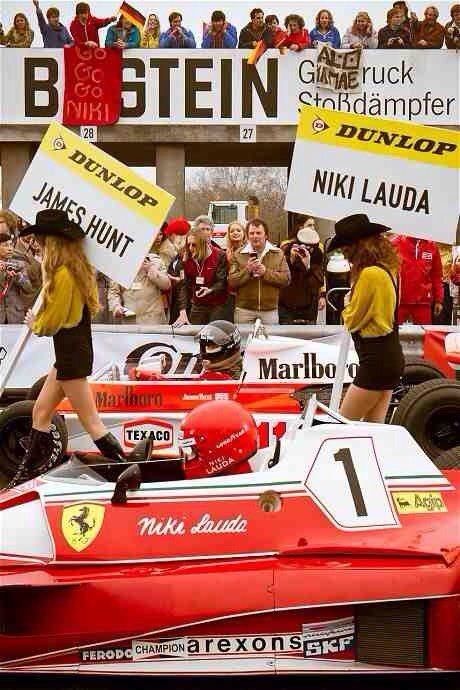
James Hunt vs Niki Lauda, one of the most memorable rivalries.
The team's drivers have included the likes of James Hunt, Lewis Hamilton, Alain Prost and Ayrton Senna.
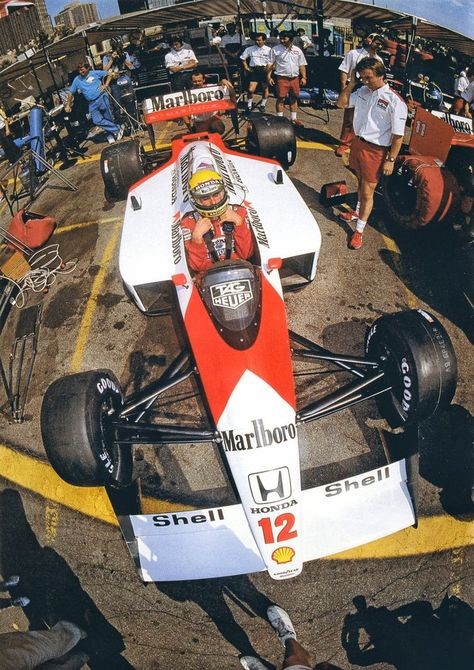
Ayrton Senna da Silva, McLaren MP44, at 1988 Detroit Grand Prix.
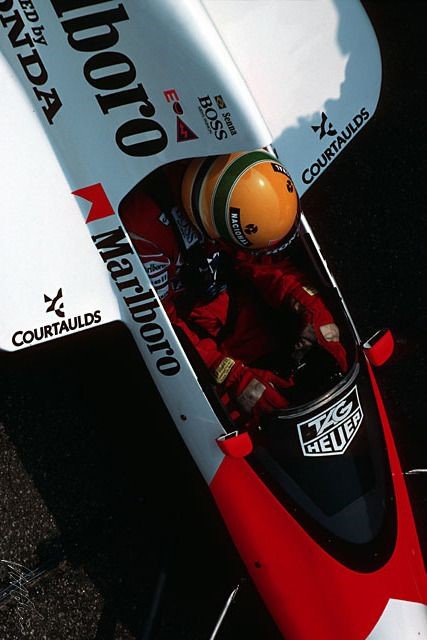
Ayrton Senna, McLaren Honda, in 1989.
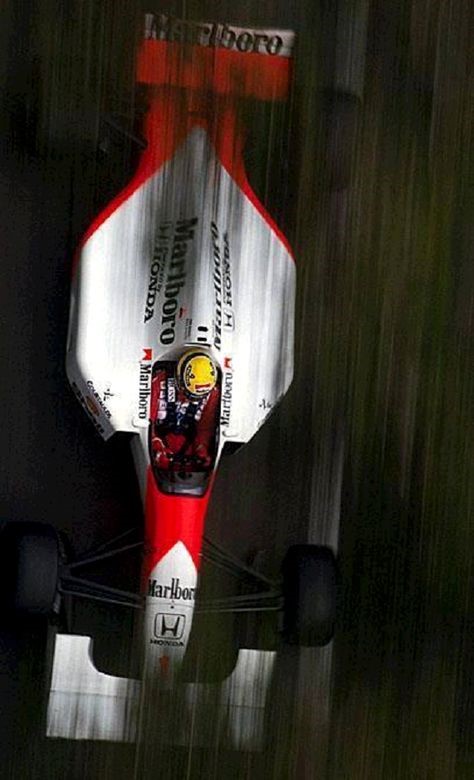
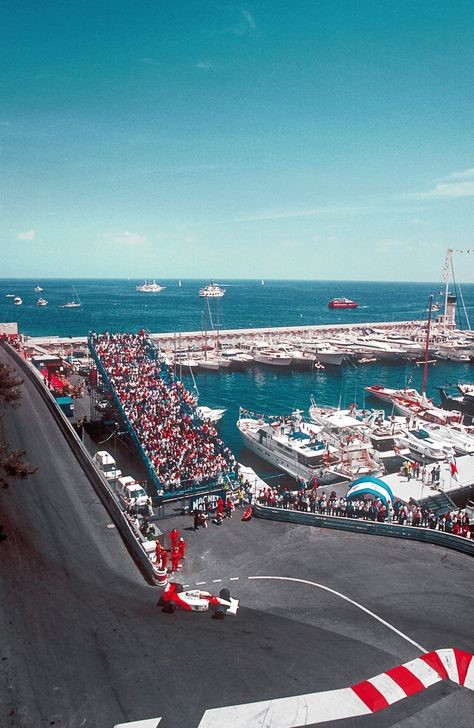
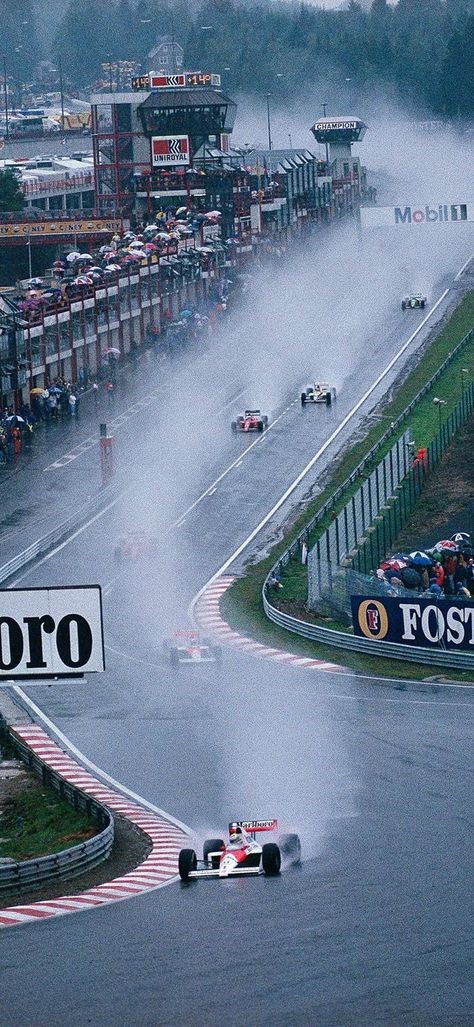
Ayrton Senna leads at SPA GP.
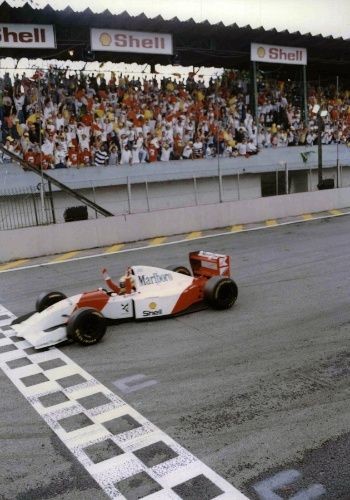
An annual budget cap will be introduced in F1 from next year and sources have said that selling a minority stake could help enable McLaren to operate at the level of the budget cap on a sustainable basis.
McLaren's on-track operations, which include its participation in the Indianapolis 500 race, account for roughly 20% of the group's annual revenues.
McLaren is owned by investors led by Mumtalakat, Bahrain's sovereign wealth fund, which injected £300m of equity into the company as recently as March.
Its search for new funding was accelerated in the wake of a request for a £150m loan from the government being rejected.
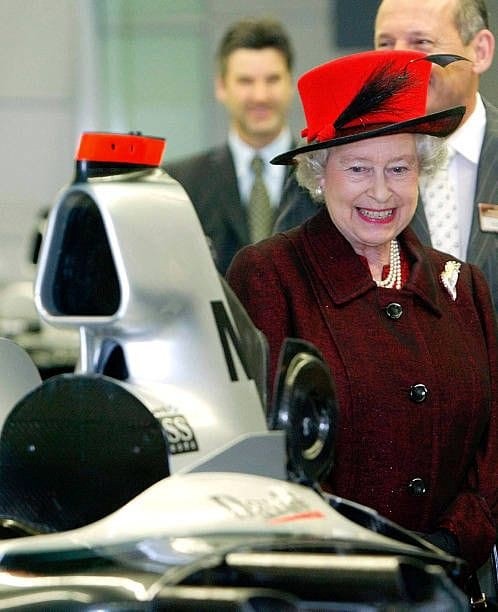
Queen Elizabeth II looks at the McLaren Formula 1 car that belongs to David Coulthard, during her tour of McLaren in Woking, England, May 12, 2004.
McLaren is a major British exporter, supporting thousands of jobs across the UK supply chain.
The sale and leaseback of its HQ will come after McLaren parachuted in Paul Walsh, the heavyweight former boss of Diageo, as executive chairman - a move that stoked speculation that McLaren's shareholders ultimately wanted to take the company public.
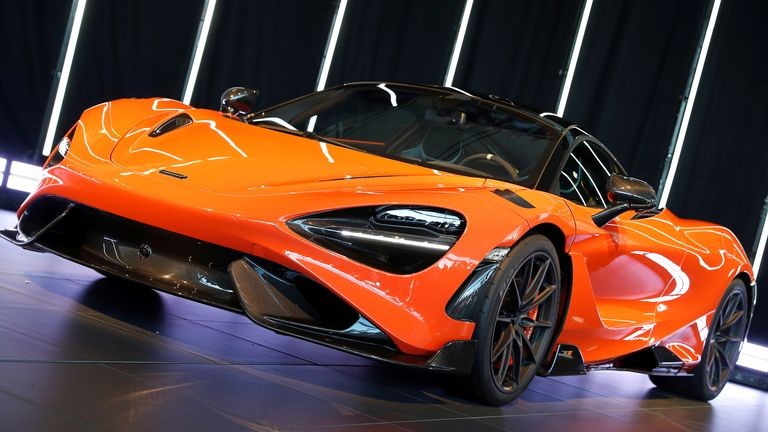
The McLaren 765LT.
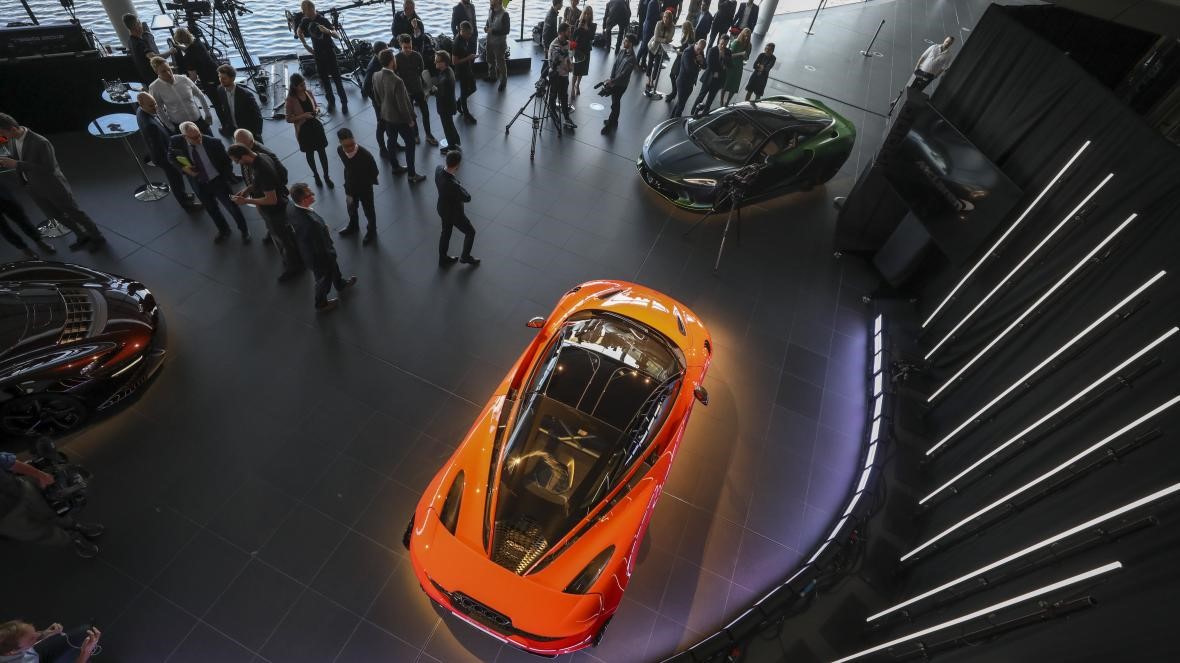
The McLaren 765LT supercar is launched at the company's headquarters in Woking. Chris Ratcliffe. Getty Images.
McLaren's road-car division, which was previously a semi-independent company called McLaren Automotive, makes some of the world's most expensive cars, with models including the Senna - named after its legendary former F1 driver, Ayrton Senna.
The unit, which is run by Mike Flewitt, represents the majority of the group's sales.
The British company saw its separate divisions reunited following the departure in 2017 of Ron Dennis, the veteran McLaren boss who had steered its F1 team through the most successful period in its history.
He became one of Britain's best-known businessmen, expanding McLaren's technology ventures into a wide range of other industries through lucrative commercial partnerships.
Mr Dennis offloaded his stake in a £275m deal following a bitter dispute with fellow shareholders.
He had presented to McLaren's board a £1.65bn takeover bid from a consortium of Chinese investors, but did not attract support for it from boardroom colleagues.
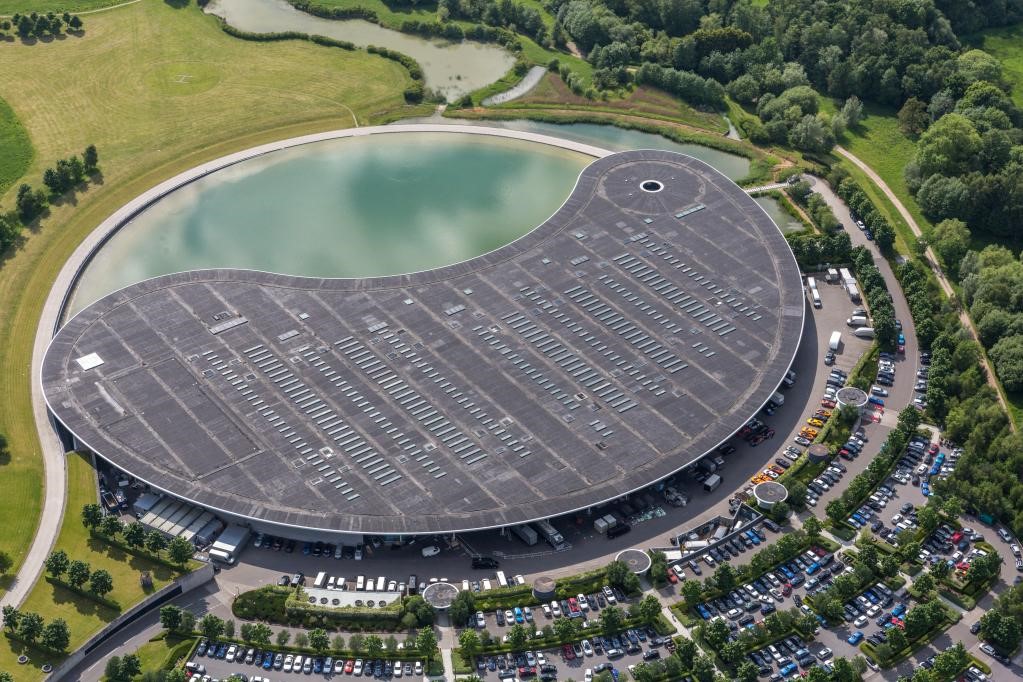
McLaren headquarters in Woking. David Goddard. Getty Images.
The McLaren Technology Centre is the headquarters of the McLaren Group and its subsidiaries, located on a 500,000 m² (50-hectare) site in Woking, Surrey, England. The complex consists of two buildings: the original McLaren Technology Centre, which acts as the main headquarters for the group and the newer McLaren Production Centre, primarily used for manufacturing McLaren Automotive cars.
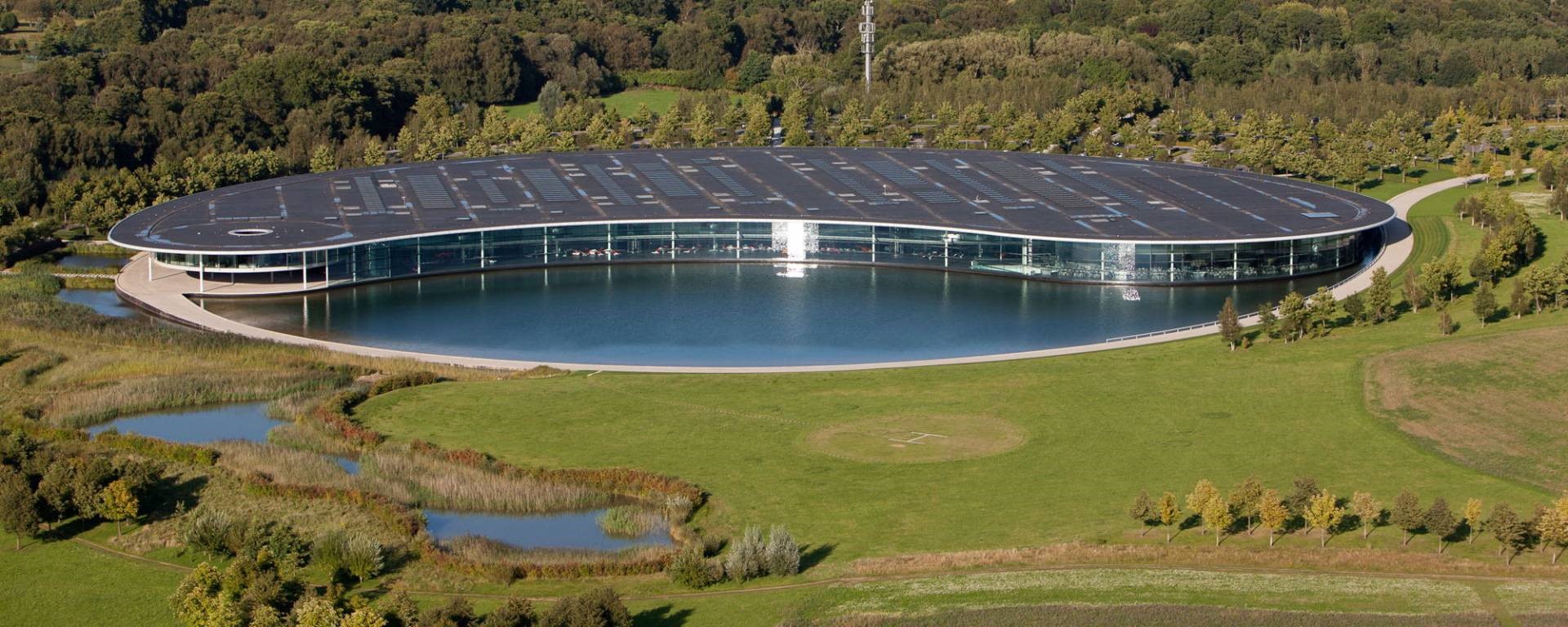
The main building is a large, roughly semi-circular glass-walled building, designed by the architect Norman Foster and his company, Foster and Partners.

Panoramic view of the McLaren Technology Centre.
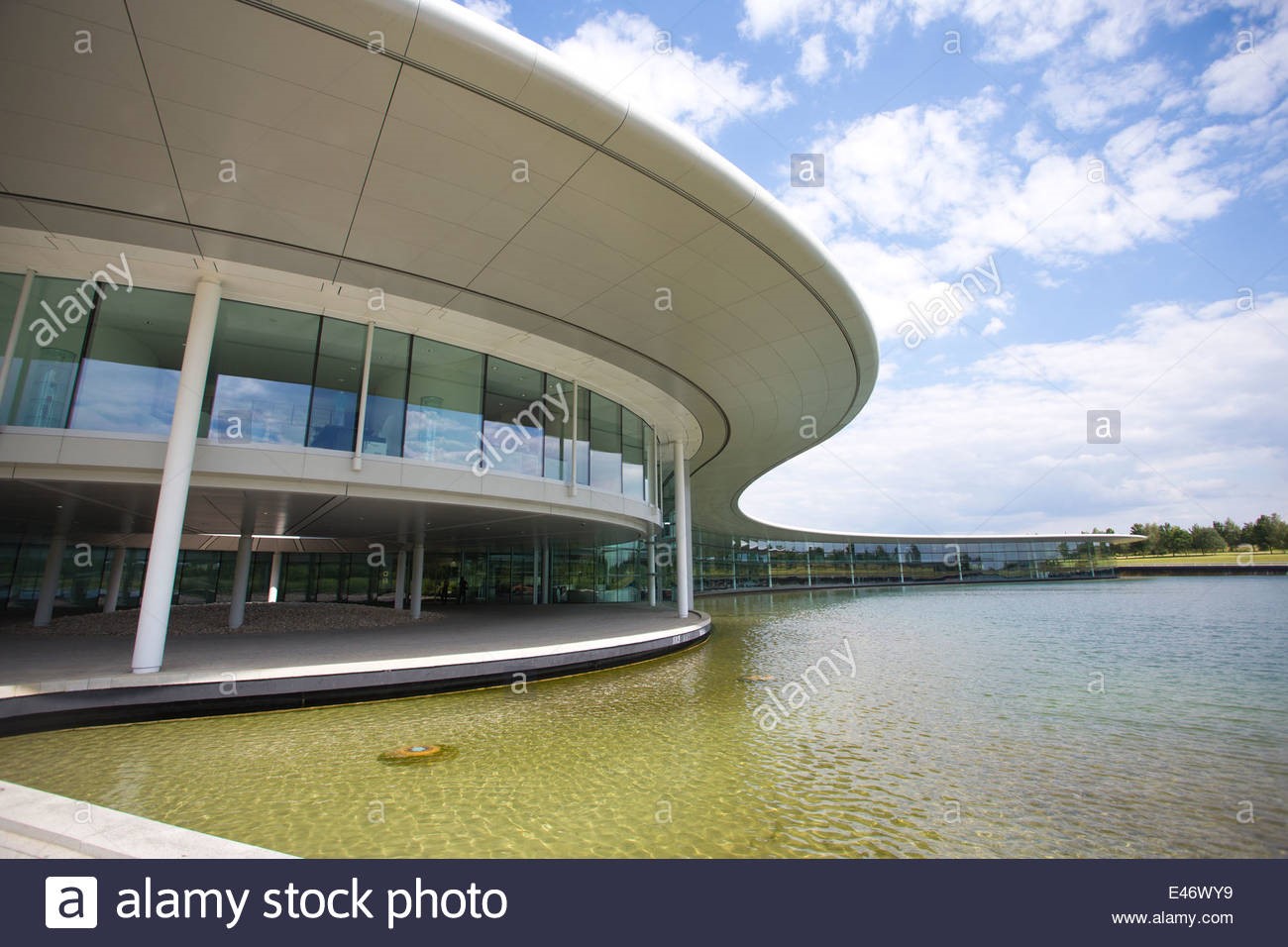
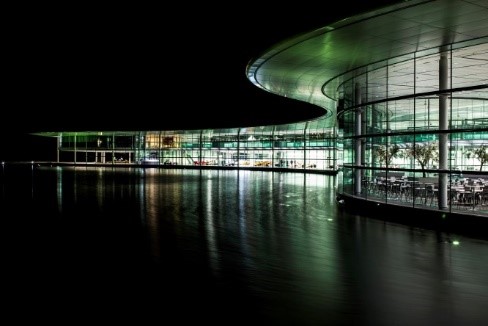
The building was short-listed for the 2005 Stirling Prize, which was won by the Scottish Parliament building.
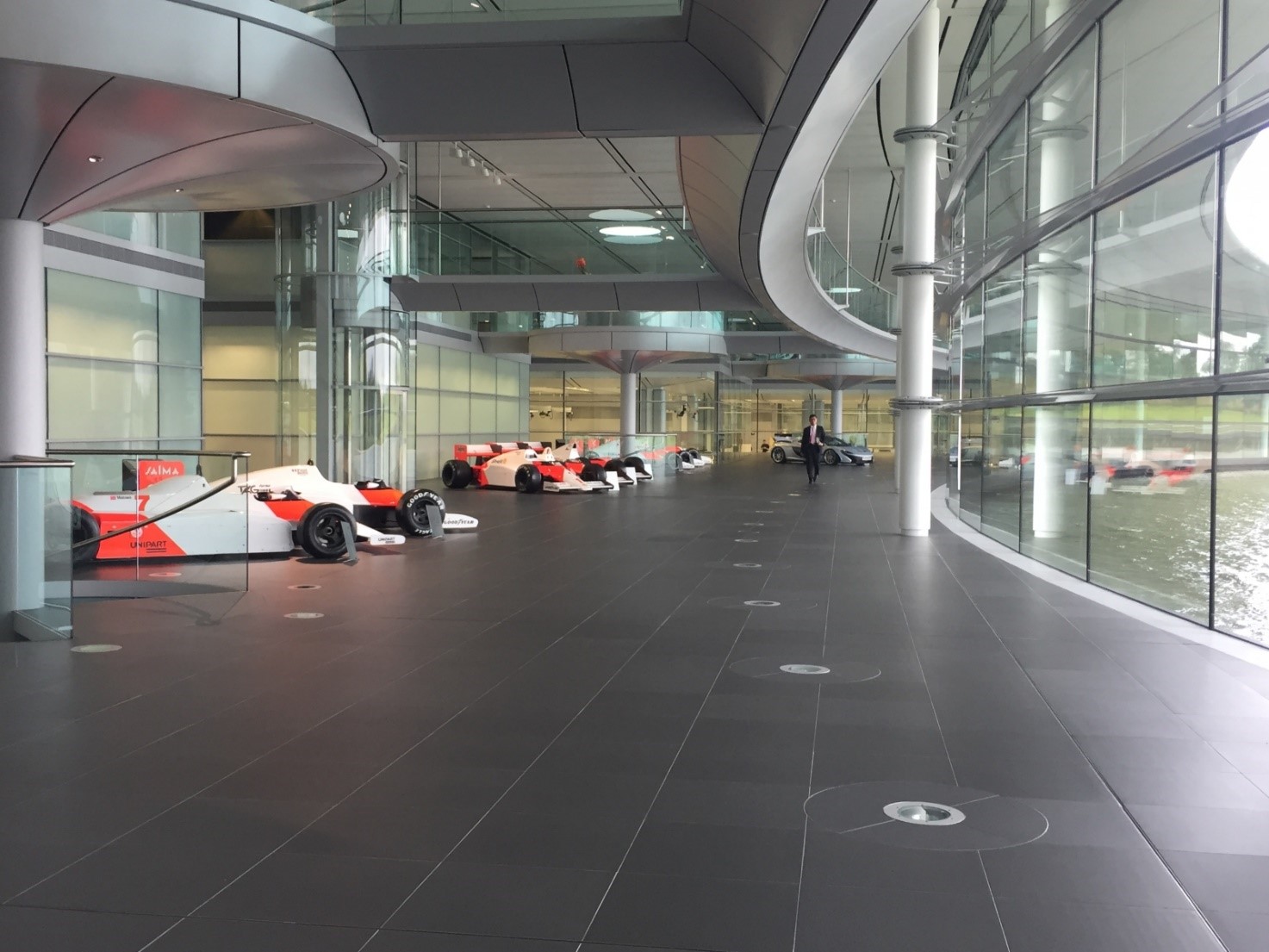
The McLaren Technology Centre.
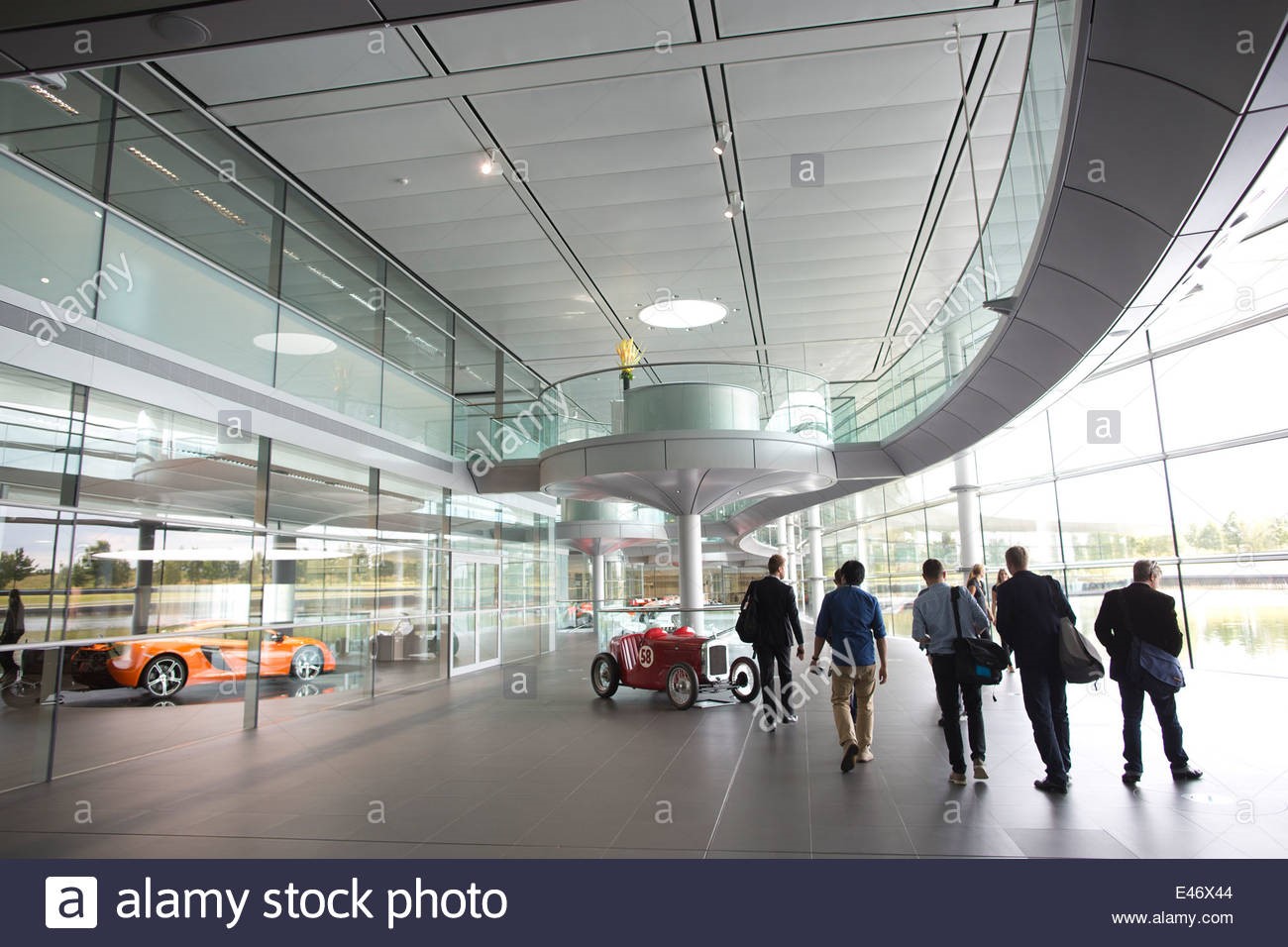
The McLaren Technology Centre.
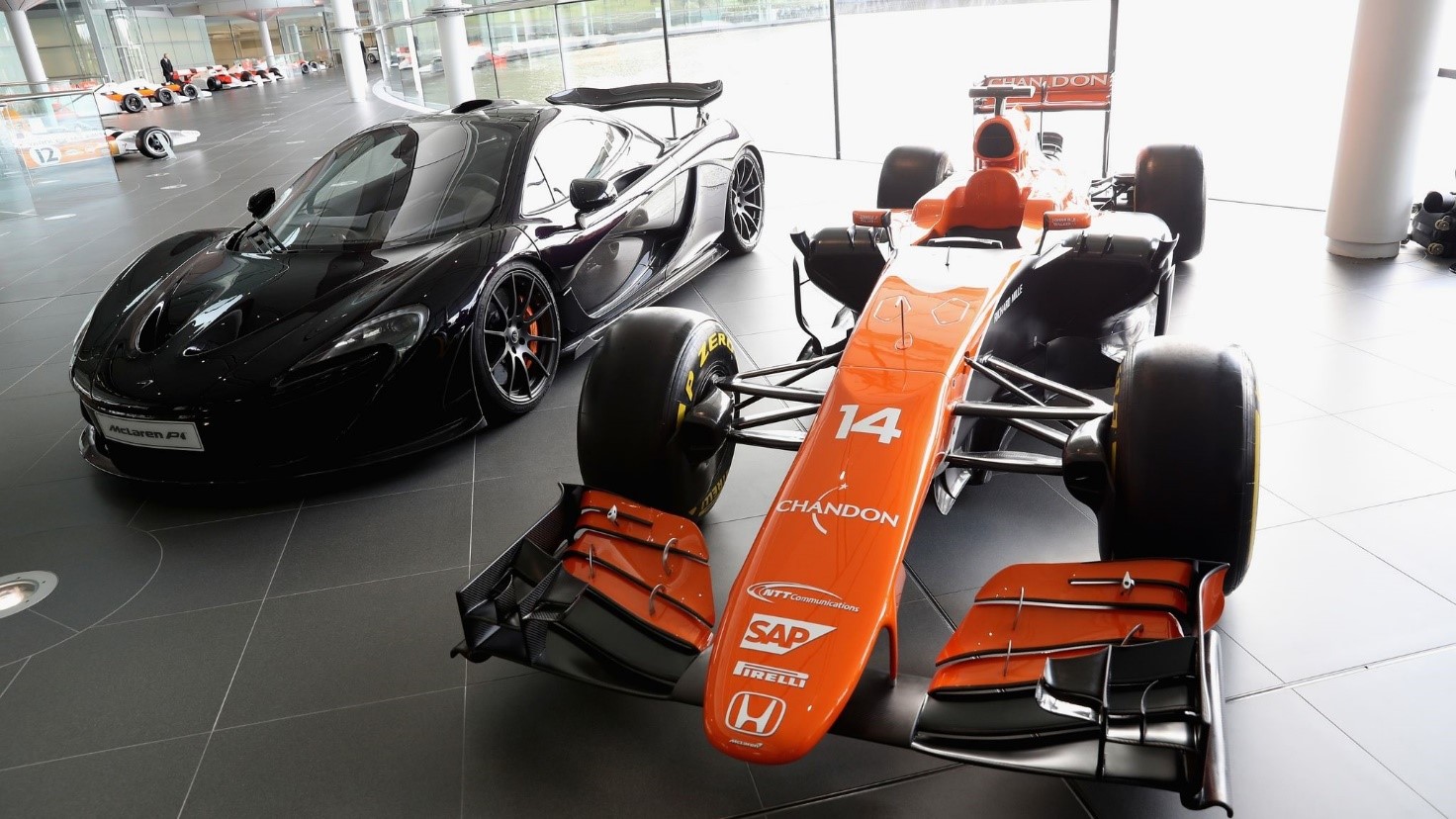
Approximately 1,000 people work at the Technology Centre. It is home to the McLaren Formula One constructor and McLaren Automotive, the manufacturer of the McLaren F1 and McLaren Senna, as well as other companies of the McLaren Group. It was also the main setting of McLaren's cartoon, Tooned.
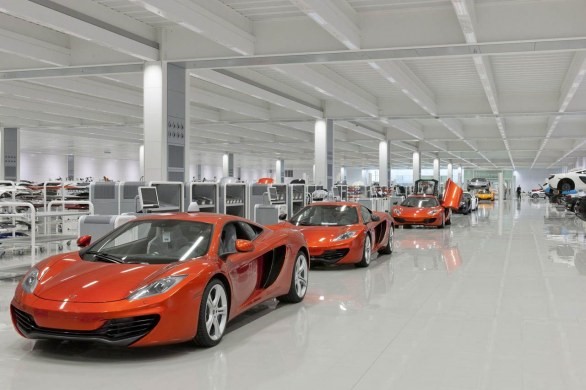
The McLaren Production Centre.
In 2011, the size of the centre was doubled after a second building, the McLaren Production Centre, was built. McLaren is also planning an extension to this building to be used as an applied technology centre and to house a new wind tunnel for McLaren Racing.
The building is accompanied by a series of artificial lakes: one formal lake directly opposite that completes the circle of the building and a further four 'ecology' lakes. Together they contain about 50,000 m³ of water. This water is pumped through a series of heat exchangers to cool the building and to dissipate the heat produced by the wind tunnels. The main working space of the building is split into 18-metre-wide sections, known as 'fingers', that are separated by six-metre-wide (20 ft) corridors, known as 'streets'. Facilities for employees include a 700-seat restaurant, a juice and coffee bar, a swimming pool and a fitness centre. An underground Visitor and Learning Centre is connected to the main building by a walkway.
A 145-metre-long (476 ft) rectangular-circuit shaped wind tunnel is located at one end of the building. Team McLaren uses it for testing and development of aerodynamic parts, as well as testing aerodynamic set-ups. The tunnel contains 400 tonnes of steel and the air is propelled by a four-metre-wide (13 ft) fan that rotates at up to 600 rpm.
The Technology Centre consolidated all aspects of the McLaren Group at one site, instead of the 18 separate sites previously occupied.
McLaren's original application to build a new headquarters was made in 1995 and was unopposed by Woking Borough Council, however the development of such a large industrial site in green belt land led the Department of the Environment to order a public inquiry. The Environment Secretary, John Gummer, gave the development his approval in March 1997 under rules which allow development in the green belt "in very special circumstances"; Gummer said the McLaren application was such a case, due to the economic and business arguments of the proposals and that he took the view that "[McLaren] is exceptional, both in the quality of its products and its achievements."
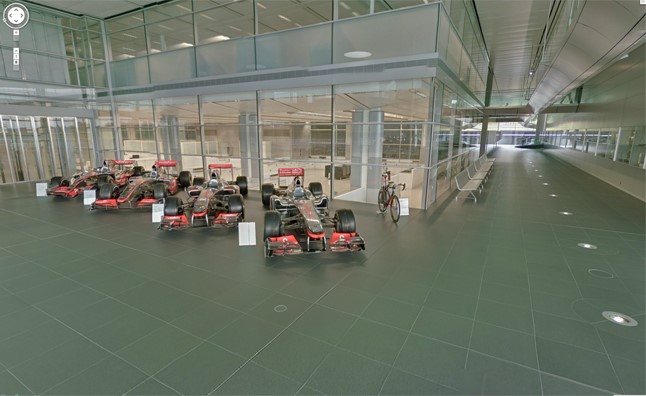
Work on the project, originally known as the Paragon Technology Centre, started in 1998 and about 4,000 construction workers were involved in what the Financial Times said "[was] claimed to be the biggest privately funded construction project in Europe." In February 2000, DaimlerChrysler purchased 40 percent of the McLaren Group and McLaren subsequently announced it would build the Mercedes-Benz SLR McLaren at the new facility.
Dennis explained one of his rationales for the project in 2000: "put a man in a dark room, he's hot, it smells bad, versus a guy in a cool room, well-lit, smells nice ... When you throw a decision at those two individuals, who's going to be better equipped to effect good judgment and make a good decision?"
McLaren employees started using the facility in May 2003. McLaren has not disclosed the project's cost, but BBC News suggested a figure of GB£300m.
A second facility, the McLaren Production Centre, was built beside the McLaren Technology Centre in 2011 and serves as the production site of McLaren Automotive's road cars, including the McLaren 720S and McLaren Senna.
Planning permission for an extension to the McLaren Production Centre was granted in 2016. This "applied technology centre" will include "an aerodynamic research facility, workshops, research and development space, offices, meeting rooms, teaching and training space, vehicle preparation and assembly spaces, together with terraced car parking and two car park decks, cycle parking, a replacement helipad and service areas."
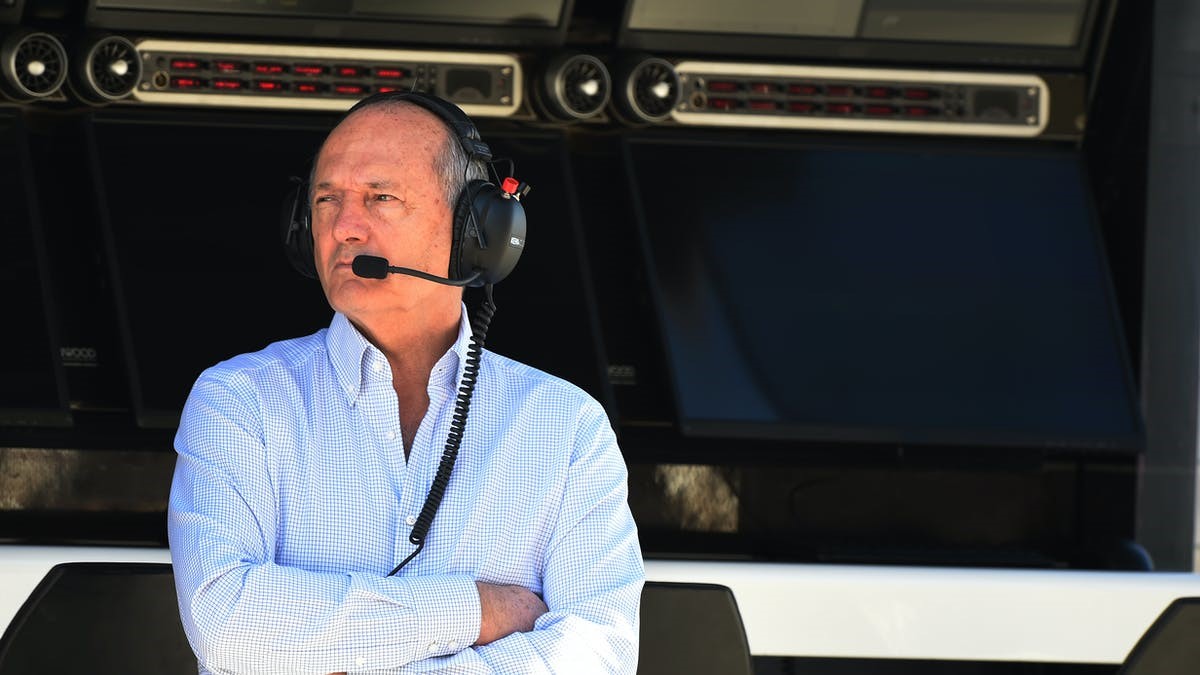
Ron Dennis finally departs McLaren - for an eye-watering sum of money. The former master of Woking has sold his shares for a fortune. By Rob Burnett. Posted in “Home of F1” 3years ago.
Another one of Formula 1's big beasts has finally handed in his Piranha Club membership card.
Ron Dennis, tyrant of Woking and voracious collector of Grand Prix wins and world championships, has severed his ties with McLaren after it was announced he had sold his interest in the company to the remaining shareholders.
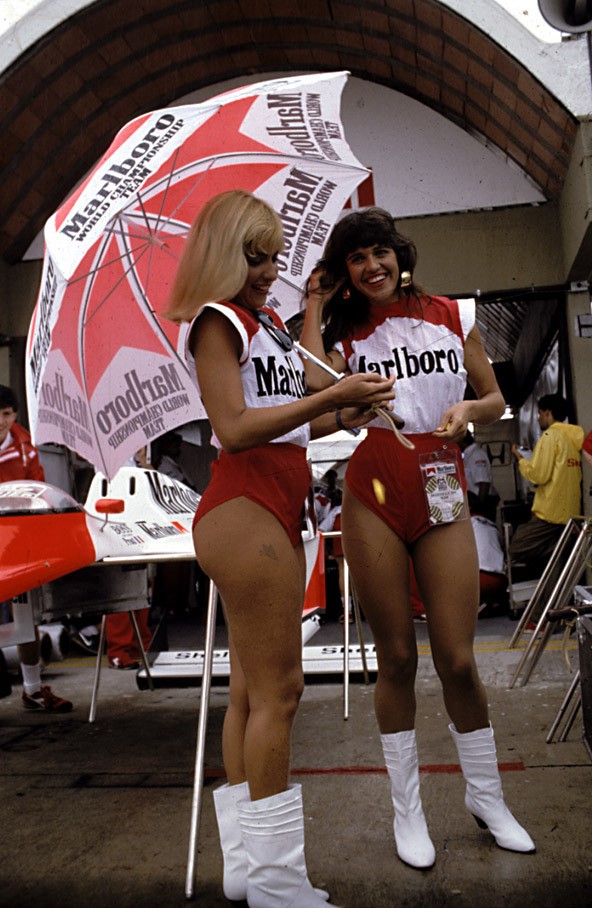
Formula 1 girls, Brazil, Rio de Janeiro, 1988. Photo by Rainer Schlegelmilch.
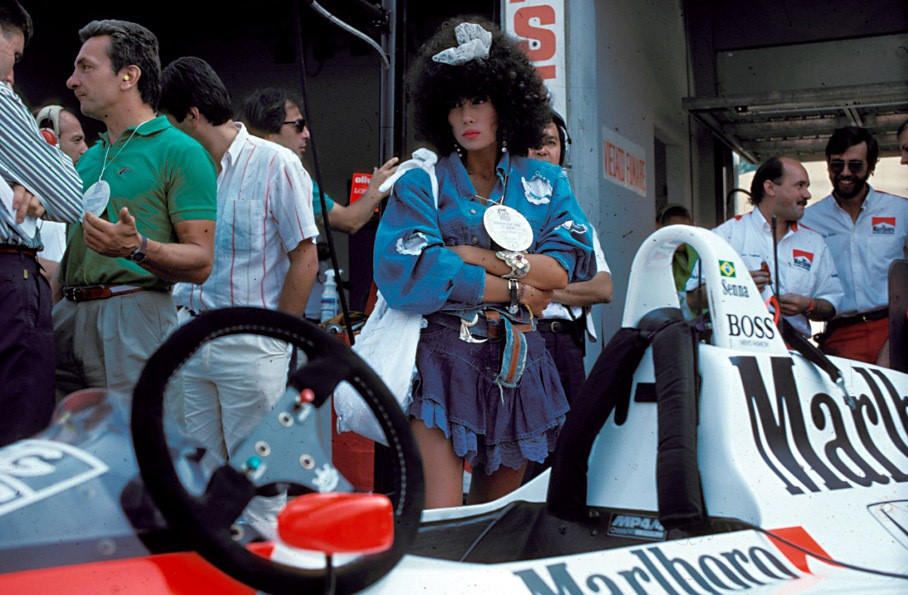
Girls at McLaren pits, Italy, Monza, 1988. Photo by Rainer Schlegelmilch.
Dennis, who took over McLaren in 1980 after merging the team with his Project Four race team to create McLaren International, has been the key figure at the team for the last 37 years, leading them to 158 Grand Prix wins and 17 Formula 1 World Championships, including drivers' titles for Niki Lauda, Alain Prost, Ayrton Senna, Mika Hakkinen and Lewis Hamilton.
He was ousted from his role as Group Chairman and CEO last November, following a fall out with fellow shareholders including Mansour Ojjeh, but he has now stepped down from the company entirely - having sold his shares for a rumoured £275m.
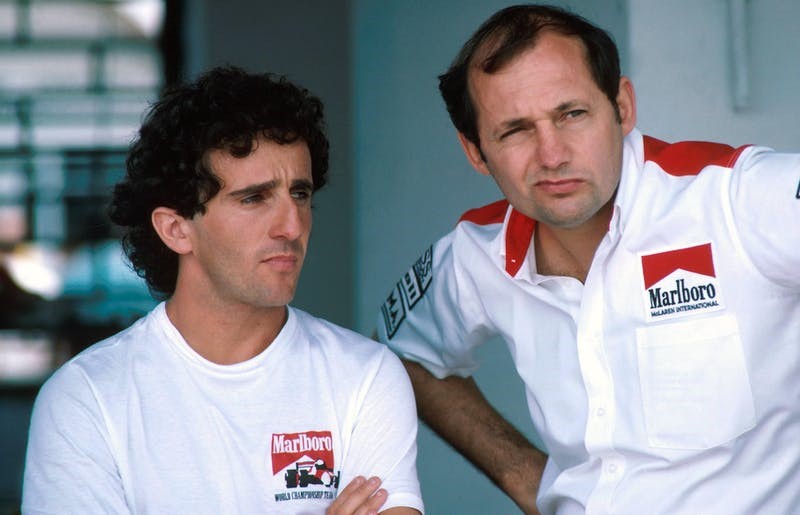
Ron Dennis with one of his McLaren champs Alain Prost.
Dennis, 70, said: “I am very pleased to have reached agreement with my fellow McLaren shareholders.
"It represents a fitting end to my time at McLaren and will enable me to focus on my other interests. I have always said that my 37 years at Woking should be considered as a chapter in the McLaren book and I wish McLaren every success as it takes the story forward.
“Perhaps my greatest satisfaction is the Formula 1 team’s outstanding racing safety record, which is a tribute to the dedication and efforts of hundreds if not thousands of talented and conscientious employees whom I have had the privilege of leading.
“I will continue to consult for various companies and work with the UK Government’s Ministry of Defence Innovation Advisory Panel in helping to improve the technology, the culture and the organisations that together safeguard the UK’s national security.
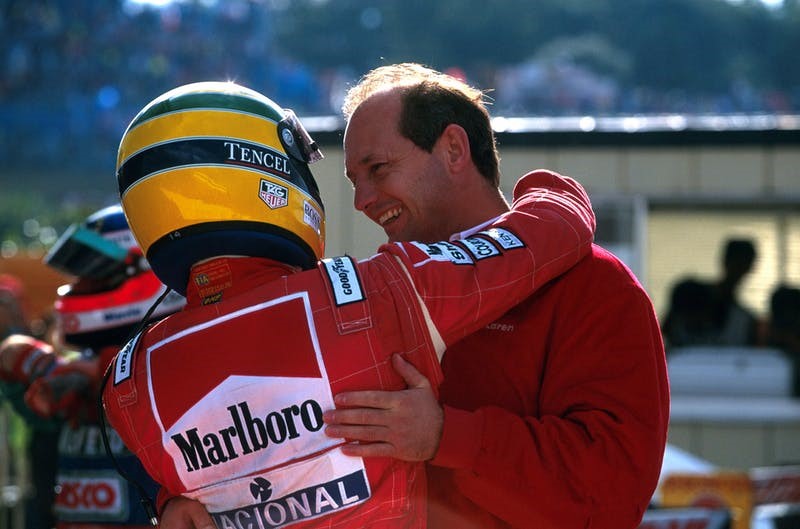
Perhaps his closest driver relationship was with Ayrton Senna.
“I will also continue to run my family’s charitable foundation – Dreamchasing – which focuses on mentoring and financing children and young people from all walks of life, so that they may aspire to and succeed in whatever their career dreams may be. It was working with Lewis Hamilton, whom I took under my wing when he was just 12 years old and who became Formula 1 World Champion with McLaren in 2008, that inspired my idea to establish Dreamchasing as a charitable foundation.
“Now that my time at McLaren has come to an end, I will be able to involve myself in a series of other programmes and activities, especially those focused on public service. I will continue to indulge my passion for supporting contemporary artists and collecting their work but, most of all, I will be driving new ideas and projects forward.
“Last but far from least, I wish McLaren well and I send my greatest thanks and best wishes to my colleagues in all corners of its business and at every level of seniority. Truly, they are the best of the best.
"And, well funded to succeed and grow and led by an ambitious management team, McLaren is ideally poised to build on the successes that I am so proud to have contributed to during my time leading such a great British group of companies.”
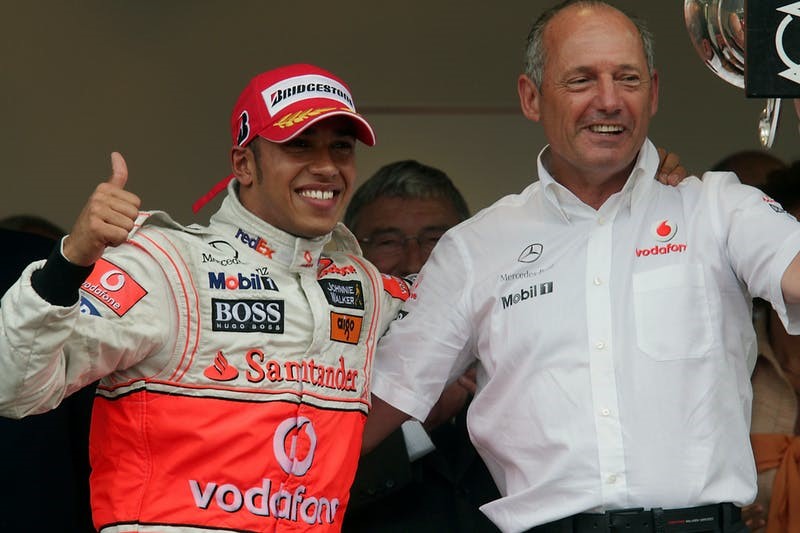
Lewis Hamilton was the last champ of Dennis's McLaren era.
Shaikh Mohammed bin Essa Al Khalifa, who takes over from Dennis as executive chairman, said: “I would like to pay tribute to Ron’s immense contribution to the McLaren success story over the past 37 years.
“As soon as he had taken over the running of the team in the late autumn of 1980, it was immediately clear that here was a man whose ambition to surpass the achievements of all previous Formula 1 team principals would not be checked.
"Together with Mansour Ojjeh of TAG Group, whom Ron soon introduced to McLaren and whose support has been invaluable to its success for a third of a century, Ron rewrote the record books in the 1980s and 1990s, winning Grands Prix and World Championships as a matter of apparent routine. But it was not routine: it was in fact the result of a lot of clever thinking and a huge amount of extremely hard work.
“That ethos remains at McLaren and I am very proud now to be assuming the position of Executive Chairman, alongside Mansour, my fellow Executive Committee principal, who will continue to work with me to drive McLaren Group forward to new successes.
“There will be time in the near future to outline our plans, for the coming months and years will be an extremely exciting time in the story of McLaren. But now, today, it is appropriate that we pause to express our gratitude to Ron.
"So, on behalf of McLaren and all who sail in her, may I say three heartfelt words: thank you Ron.”
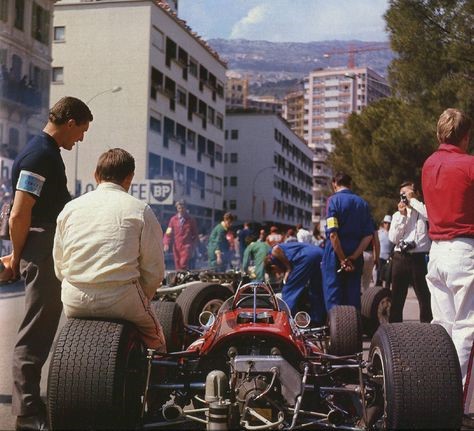
Bruce McLaren at Monaco 1967.
McLaren launches the "Never an SUV" challenge. By Vincenzo Borgomeo. February 19, 2019.
The only company in the world not to give in to the 4x4 fashion, the Woking firm declares absolute loyalty to the purest supercars.
Mike Flewitt, Chief Executive Officer of McLaren, was very clear: "we will never make an SUV". So, after Lamborghini, the announcement of Ferrari, Aston Martin, Lotus and other luxury brands such as Rolls Royce, the Woking company pulls itself out of the chorus and officially announces not to give in to the prevailing SUV fashion, "we must remain very focused, McLaren is a sports car brand and that is exactly what we will remain, " Flewitt explained.
Of course, it remains to understand how to guarantee the very existence of the company (let's not forget that Porsche was saved thanks to the Cayenne and that many other companies owe their lives to SUVs) but, in this sense, they have very clear ideas at McLaren: "we produce very profitable cars and for us increasing production is not a viable option." But McLaren itself has announced plans to bring 18 new models to market by 2025, electrifying its range with hybrid technology.
Of course, it is also true that such declarations ("never an Suv") were made in the order by Ferrari (famous is that of Marchionne to journalists in 2016: "we won't make an SUV. You'll have to shoot me first"), Aston Martin, Lotus, Rolls Royce. Then ...
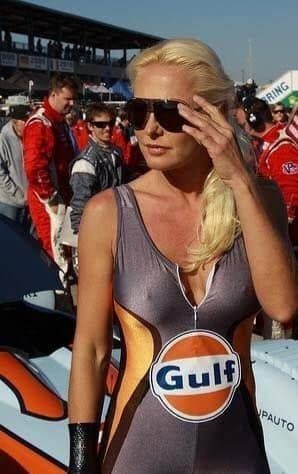
McLaren's stunning one-off Gulf livery makes track debut at Monaco GP. May 20, 2021.
McLaren hit the track with its stunning one-off Monaco Grand Prix colours on Thursday.
McLaren has ditched its usual papaya livery for the iconic blue and orange scheme of sponsor Gulf Oil at Monte Carlo this week.
It has already proven to be a hugely popular with F1 fans.
The new-look car hit the track for the first time on Thursday during the first practice session ahead of Sunday's showpiece race, where McLaren drivers Lando Norris and Daniel Ricciardo are looking to build on the team's encouraging start to the season.
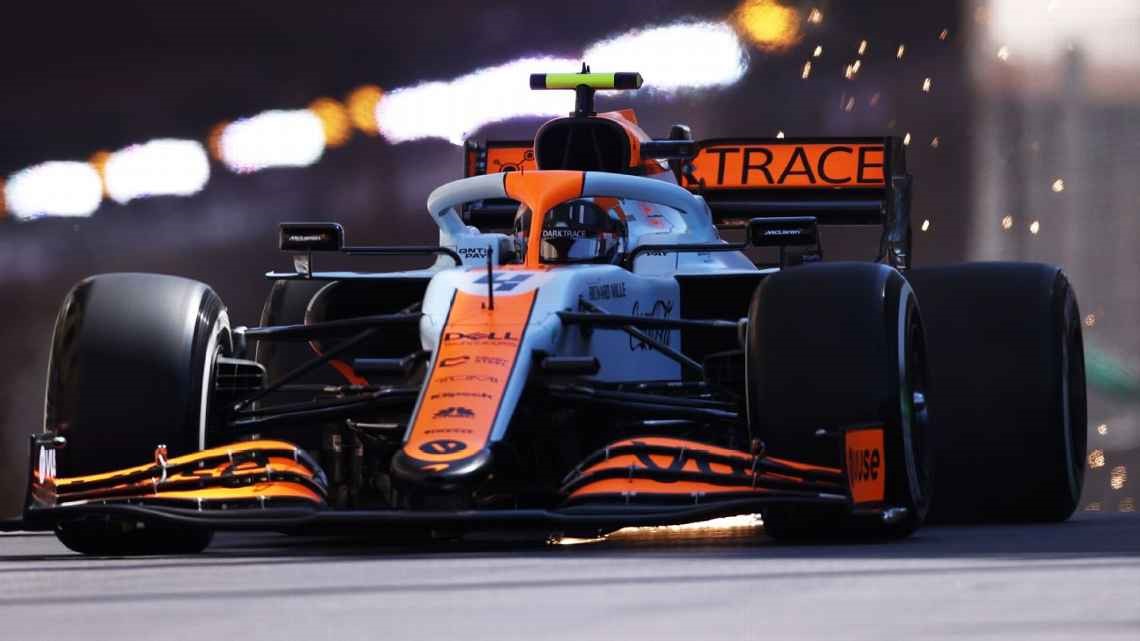
The McLaren-Gulf livery is a one-off for this weekend's Monaco Grand Prix. Lars Baron / Getty Images.
The McLaren-Gulf link goes back to the late 1960s, when the two companies worked together in Can-Am and F1.
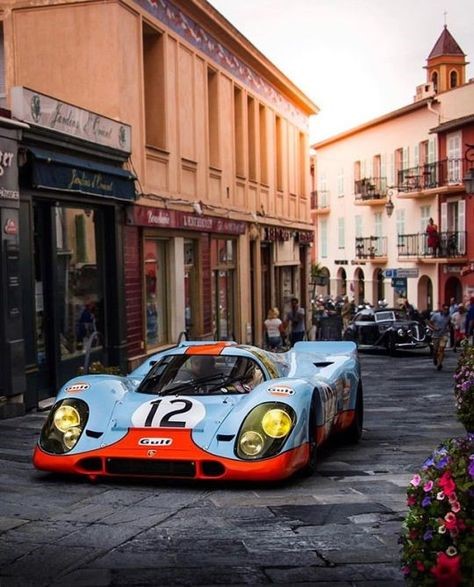
Porsche. Petrolicious.
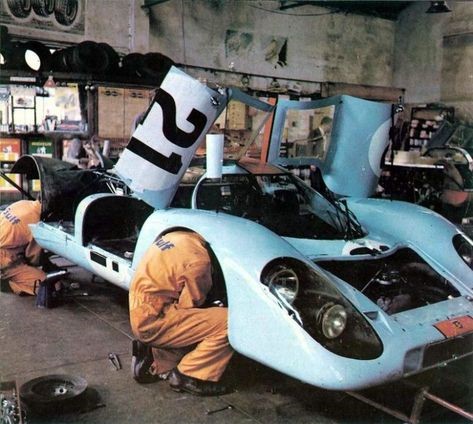
Porsche 917. Petrolicious.
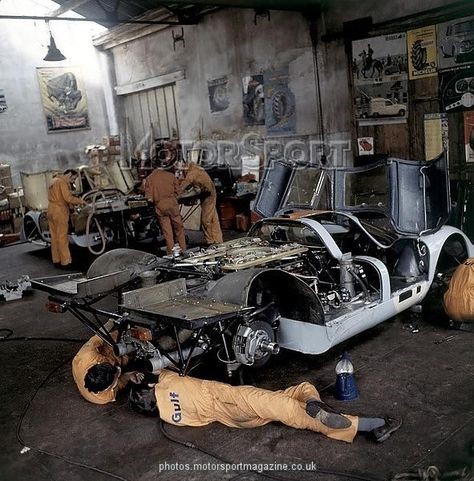
Gulf's iconic colours have featured on a number of racing cars in the past -- including the McLaren F1 GTR that finished second at the 1997 Le Mans 24 Hours -- but has never before raced in Formula One.
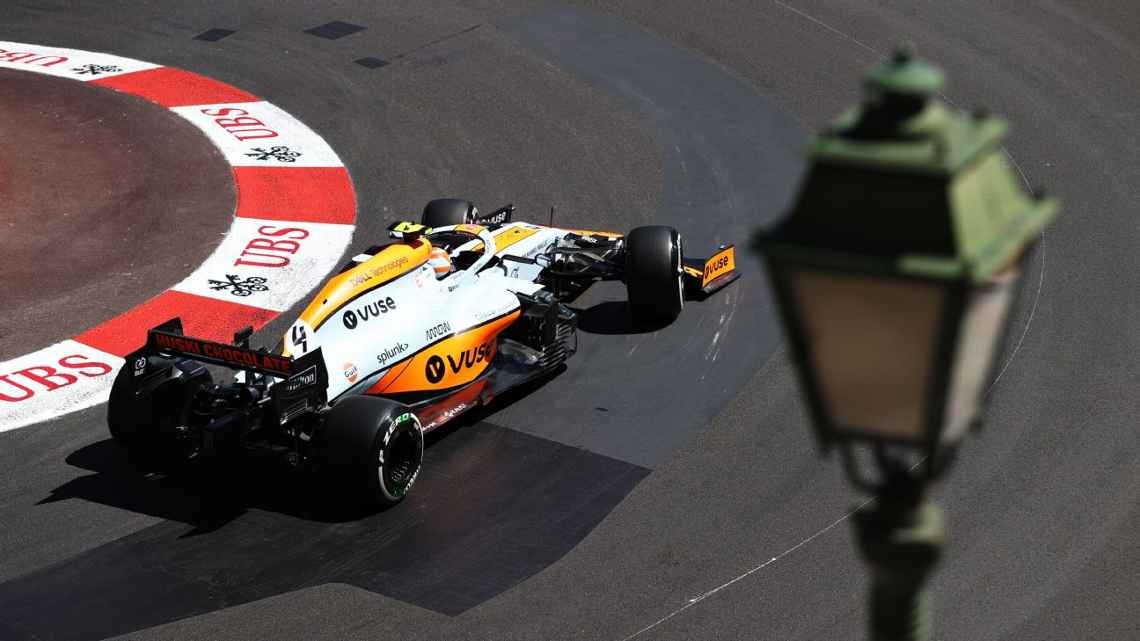
Clive Rose via Getty Images.
McLaren decided to make the change for this weekend's race after seeing mock-ups created by fans last year following the announcement of the partnership.
The throwbacks do not just stop with the colours of the car.
Ricciardo, winner of the Monaco Grand Prix in 2018, is also racing with an old-school style helmet design.
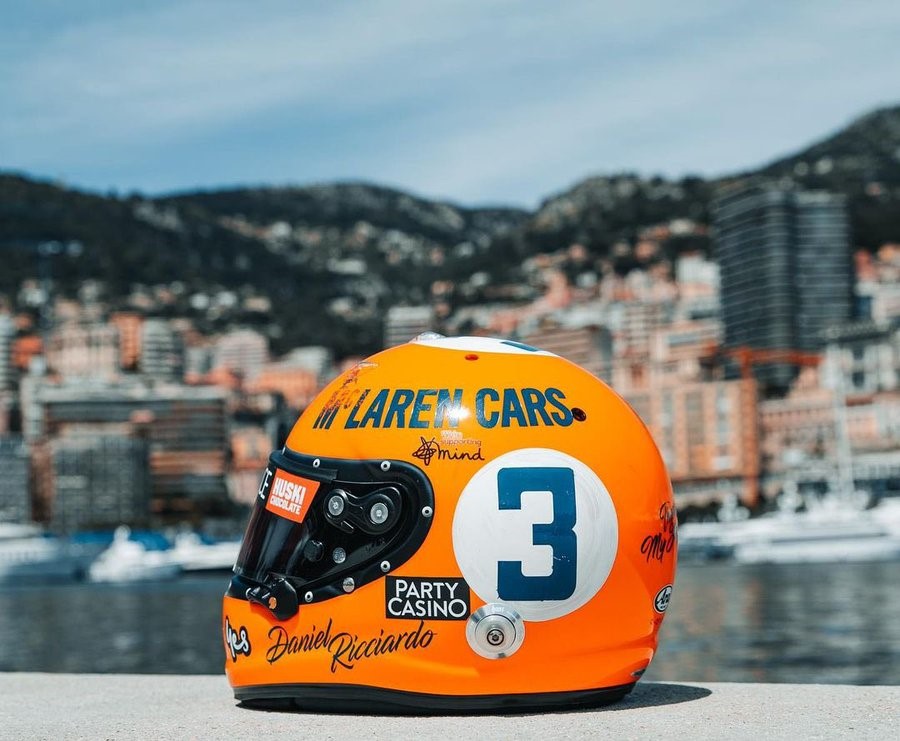
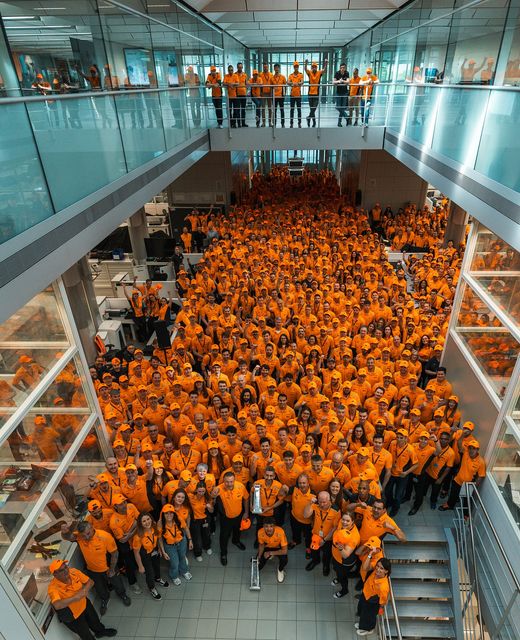
The people who made the victory of Lando Norris' McLaren possible in the 2024 Miami Grand Prix.
Videos



Comments
Authorize to comment